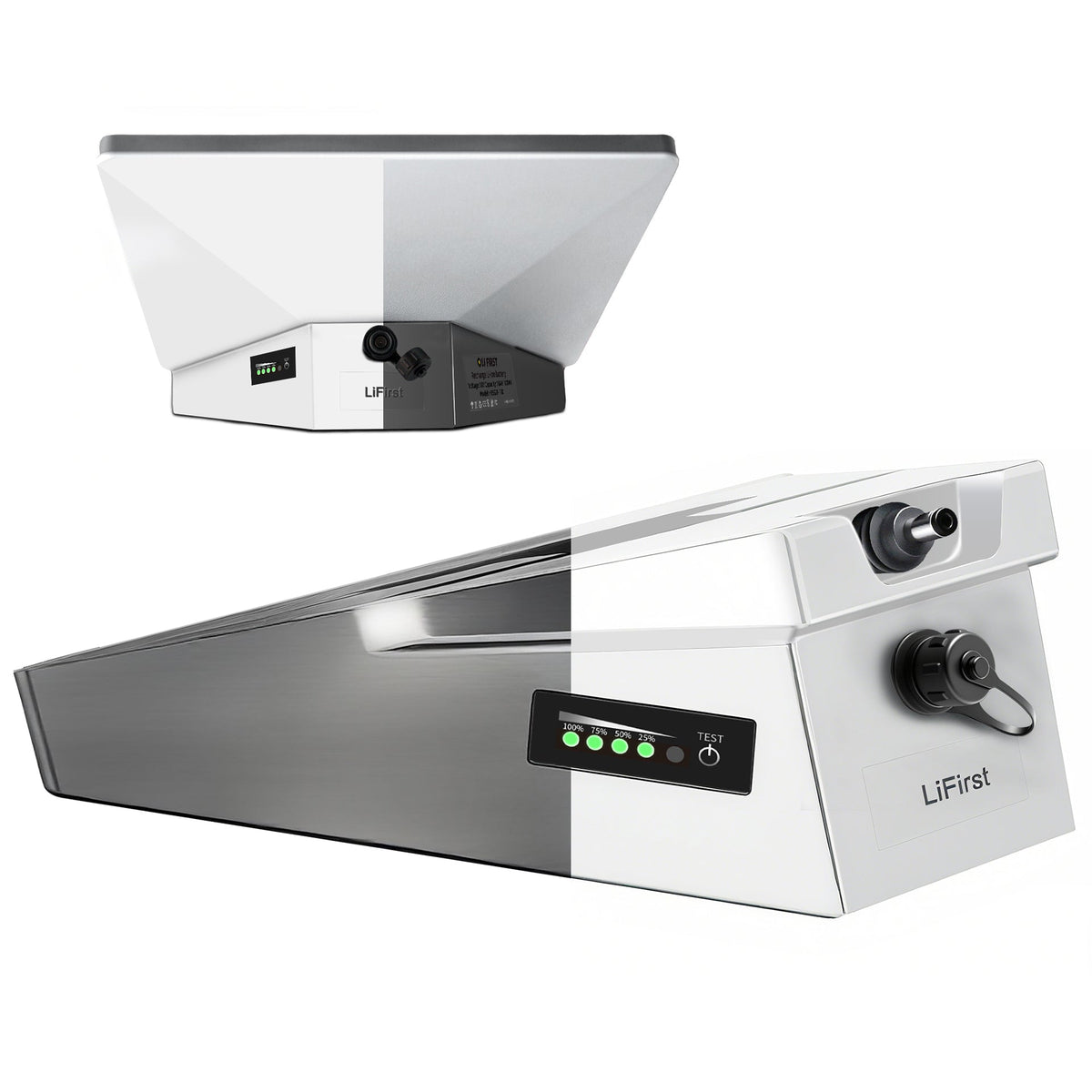There’s growing scientific attention on longer-term environmental impacts from large launch rates and mega-constellations — including lofted particulates, metal vapors, and stratospheric chemistry effects. Recently, U.S. federal research programs into “space pollution” were curtailed—this reduces centralized monitoring and leaves regulators with less independent data just as constellation deployments accelerate. Environmental scientists warn that without sustained monitoring, subtle but cumulative effects (e.g., stratospheric metal deposition influencing ozone chemistry) may go unnoticed.
What operators and policy makers can do now: fund independent long-term measurement programs, require environmental monitoring conditions in launch & satellite licenses, and mandate debris-mitigation & end-of-life deorbit guarantees. For buyers and end users, it’s mostly a reputational & risk question: larger fleets mean more launches and re-entries — these are being discussed in global fora (UN COPUOS, IAU, national regulators).

0 comments